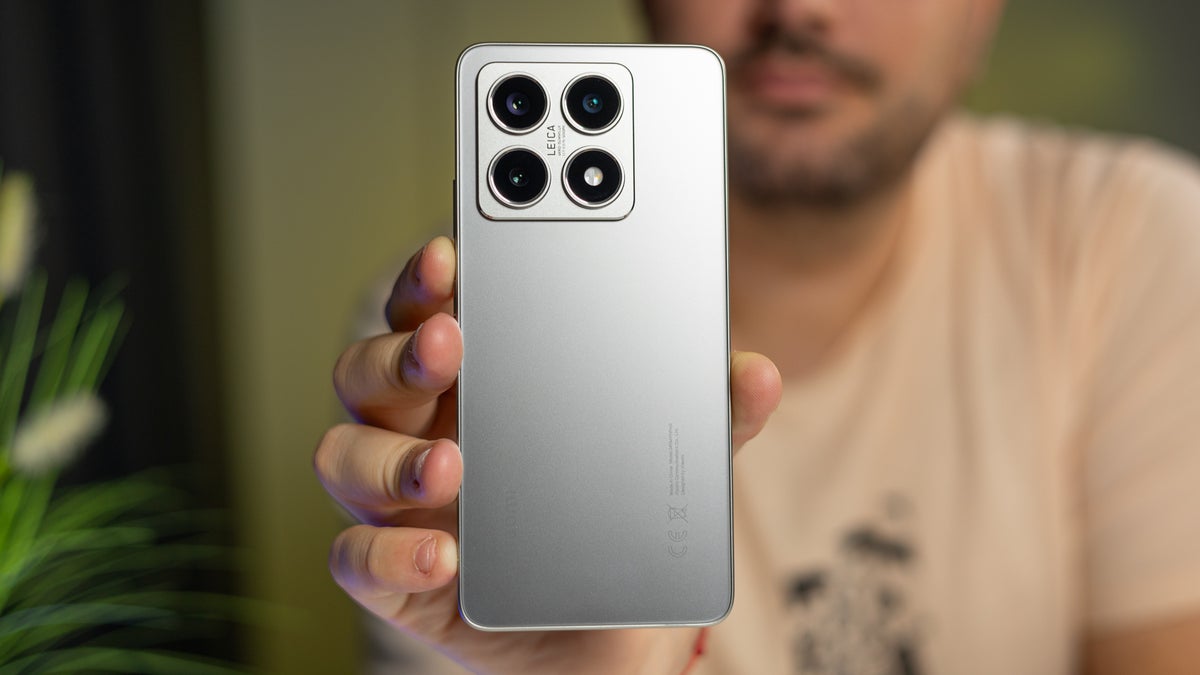Xiaomi 14T Intro
Let’s see what you’re getting for that kind of money.
Table of Contents:
Xiaomi 14T Specs
No wireless charging
Let’s start with an overview of the Xiaomi 14T specs:
| Specs | Xiaomi 14T |
|---|---|
| Size and Weight | 160.5 x 75.1 x 8.0 mm 195 g |
| Display | 6.67 inches, 1220 x 2712 pixels, 20:9 ratio, 144Hz |
| Processor | Mediatek Dimensity 8300 Ultra (4 nm) |
| Software | HyperOS (Android 14) |
| Cameras | 50 MP, f/1.7, 23mm (wide), 1/1.56″, 1.0µm, PDAF, OIS 50 MP, f/1.9, 50mm (telephoto), 2x optical zoom 12 MP, f/2.2, 15mm (ultrawide) 32 MP, f/2.0, 25mm (selfie) |
| Battery Size | 5,000 mAh |
| Charging Speeds | 67W wired charge No wireless charging |
| Prices | 12/256GB for $599 |
Xiaomi 14T Design and Display
Like a Pro!
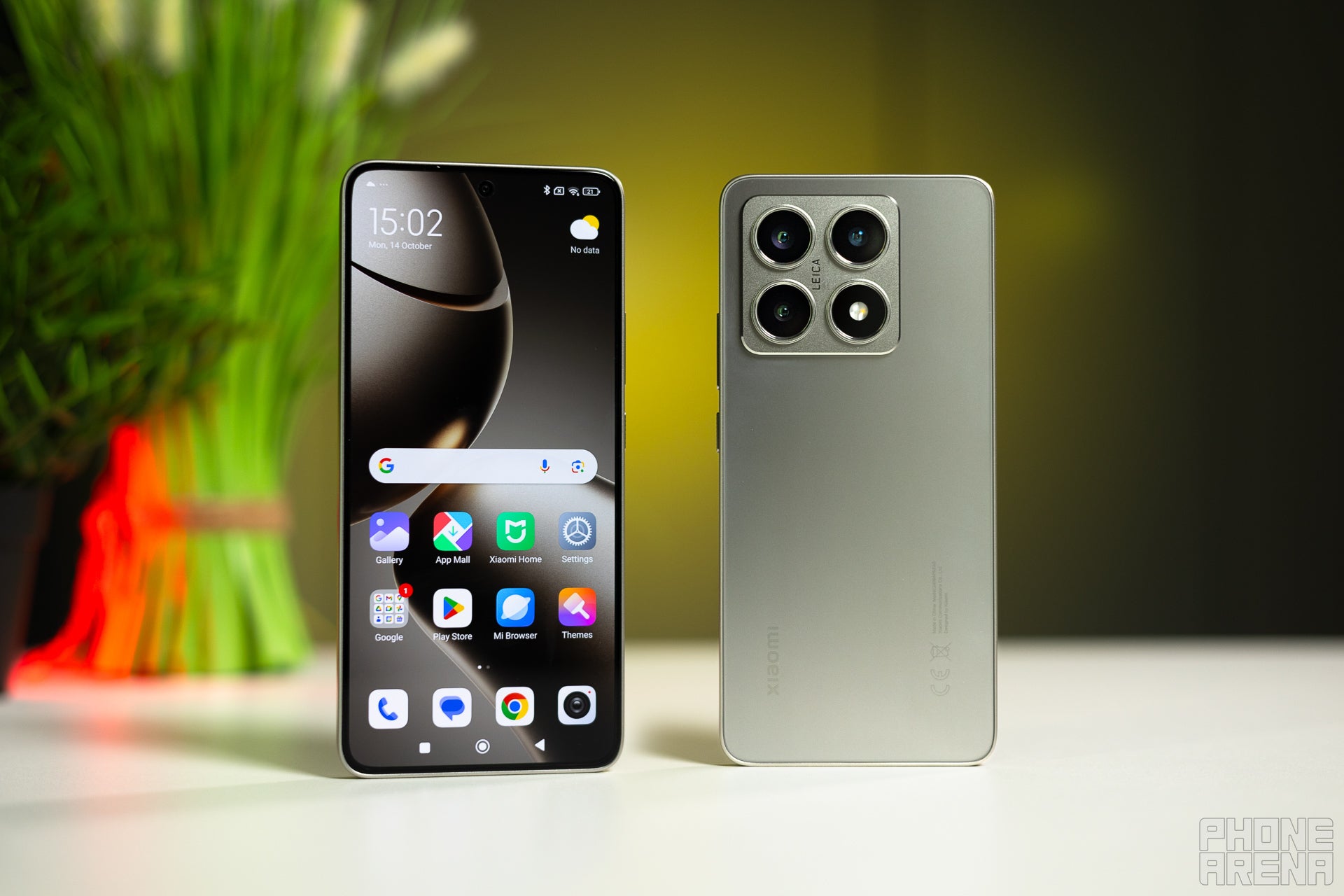
The design of the Xiaomi 14T is almost indistinguishable from the Pro model | Image by PhoneArena
The camera bump on the vanilla model sticks out less, and it’s ever so slightly smaller. But we’re talking fractions of the millimeter here. The Xiaomi 14T is also 0.4mm thinner and 14 grams lighter than the Pro version.
The same metal aesthetic is present here; the phone is available in the same Titan Gray, Titan Blue, and Titan Black hues, and the Titan Gray is definitely our favorite. The power button is again textured and has a nice feel to it.
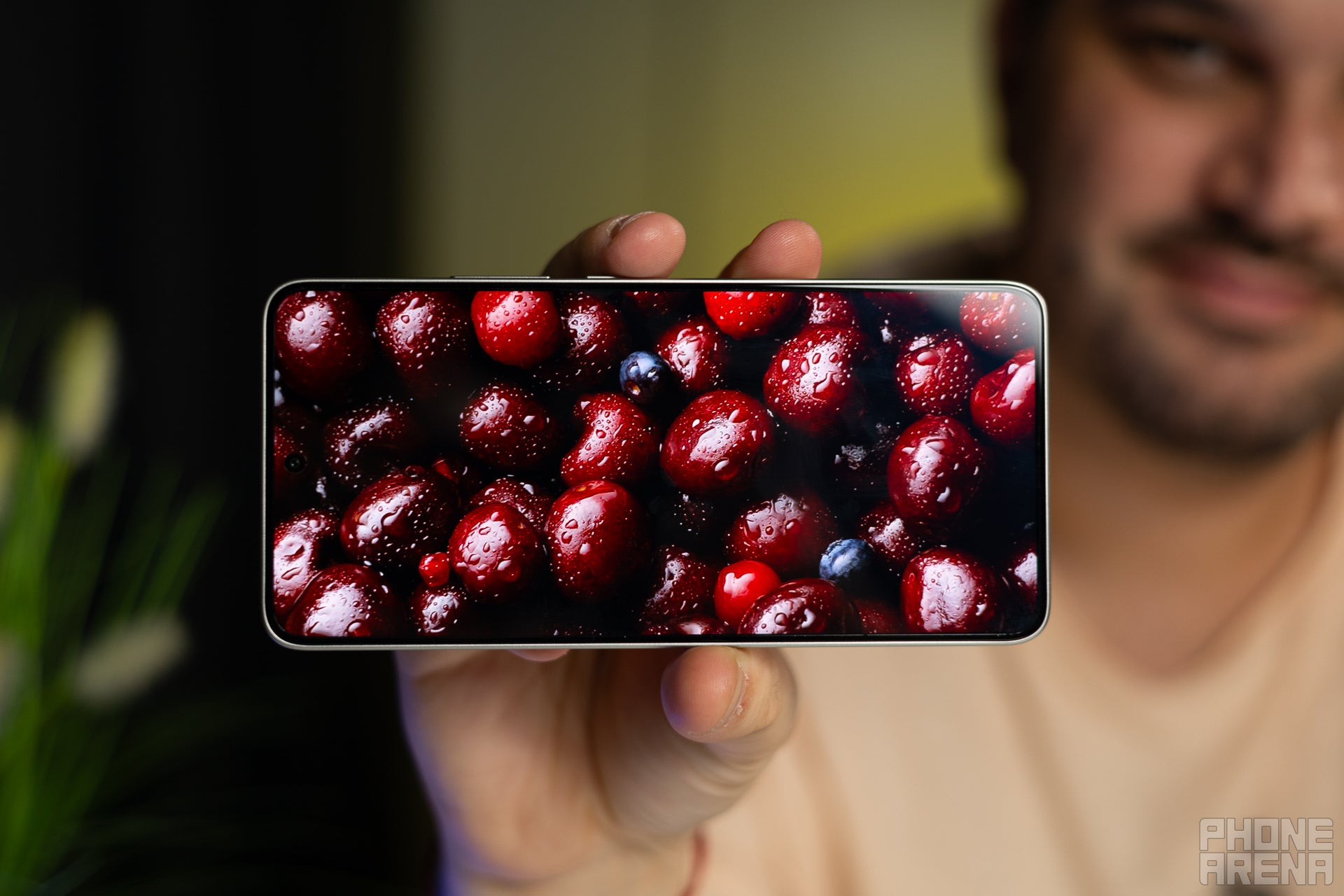

The gorgeous AMOLED display is lifted off the Xiaomi 14 Pro | Image by PhoneArena
Moving to some good news. The display is identical to the one used in the Pro model, and we already know that it’s a great AMOLED panel. It’s a 6.67-inch display that’s capable of going up to 144Hz refresh rates, and it’s also calibrated extremely well out of the factory.
PhoneArena Display Measurements:
The same optical fingerprint scanner from the Pro model is on duty under the screen, and for the most part it works as intended. There’s also facial recognition, but once again, it relies on a single front camera, so it’s not very secure.
Xiaomi 14T Camera
Leica-infused
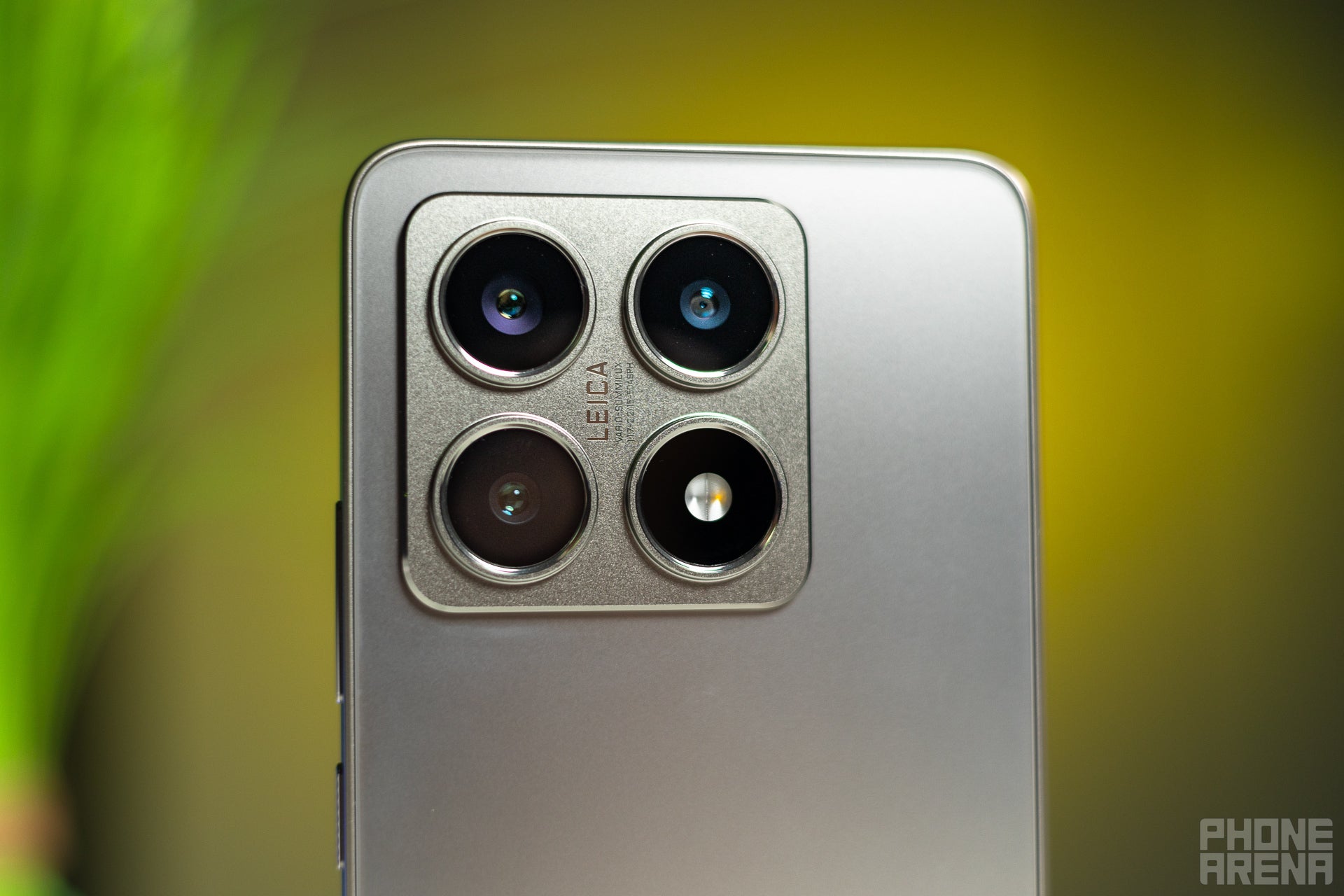

This camera bump looks similar to the Pro model, but the sensors underneath are different | Image by PhoneArena
Main Camera
If we have to nitpick, the regular 14T has a tad narrower dynamic range and probably a little more boosted colors. But overall, the main camera is very good in broad daylight, sharp, detailed, and pleasant to the eye.
The same goes for night shots. The samples are balanced, probably a bit on the softer side, because noise-reduction algorithms kick in. The dynamic range is still decent, and there aren’t any huge artifacts from point-like light sources. Overall, pretty decent job.
Ultrawide Camera
At 12MP the ultrawide camera inside the Xiaomi 14T is a mediocre affair. It gets the job done but without fanfares. It lacks autofocus, just like the one on the Pro model, so if you try to frame objects that are at a different distance you may run into focusing issues. The good thing is that color reproduction is uniform and the overall tonality is very similar to the photos from the main camera. That being said, the lack of detail is obvious.
Zoom Quality
The zoom camera is also different to the one found on the Pro mode. Here we have 50mm focal length equivalent or 2x if we count from the main camera. The quality is rather good, details are plenty, and the colors look natural. The dynamic range suffers a bit and images tend to look a bit flat sometimes. Also, at this magnification, the existence of a separate telephoto camera is mind-boggling, as the same or very close results can be achieved using 2x crops from the main sensor. But it is what it is.
Selfies
The 32MP selfie camera doesn’t have autofocus, and there’s not much you can adjust in the settings, you’ll get a decent shot, but nothing too special. The beauty mode is disconcerting, it’s like a character editor in Skyrim, you can be whoever you like. Another strange decision (just like with the Pro model) is to not pixel-bin the result and offer 32MP selfies shots. They’re not super detailed either.
Video Quality

The video from the main camera looks good, unlike the Xiaomi 14T Pro, here the recording caps at 4K30fps, but for all practical purposes this format is good enough. If you start switching between the different cameras you’ll end up with inconsistencies in the quality, but you can do so, if you feel like it. You can also pause the recording, zoom in and out, and apply different Leica color filters as well.
Xiaomi 14T Performance & Benchmarks
Sacrifices
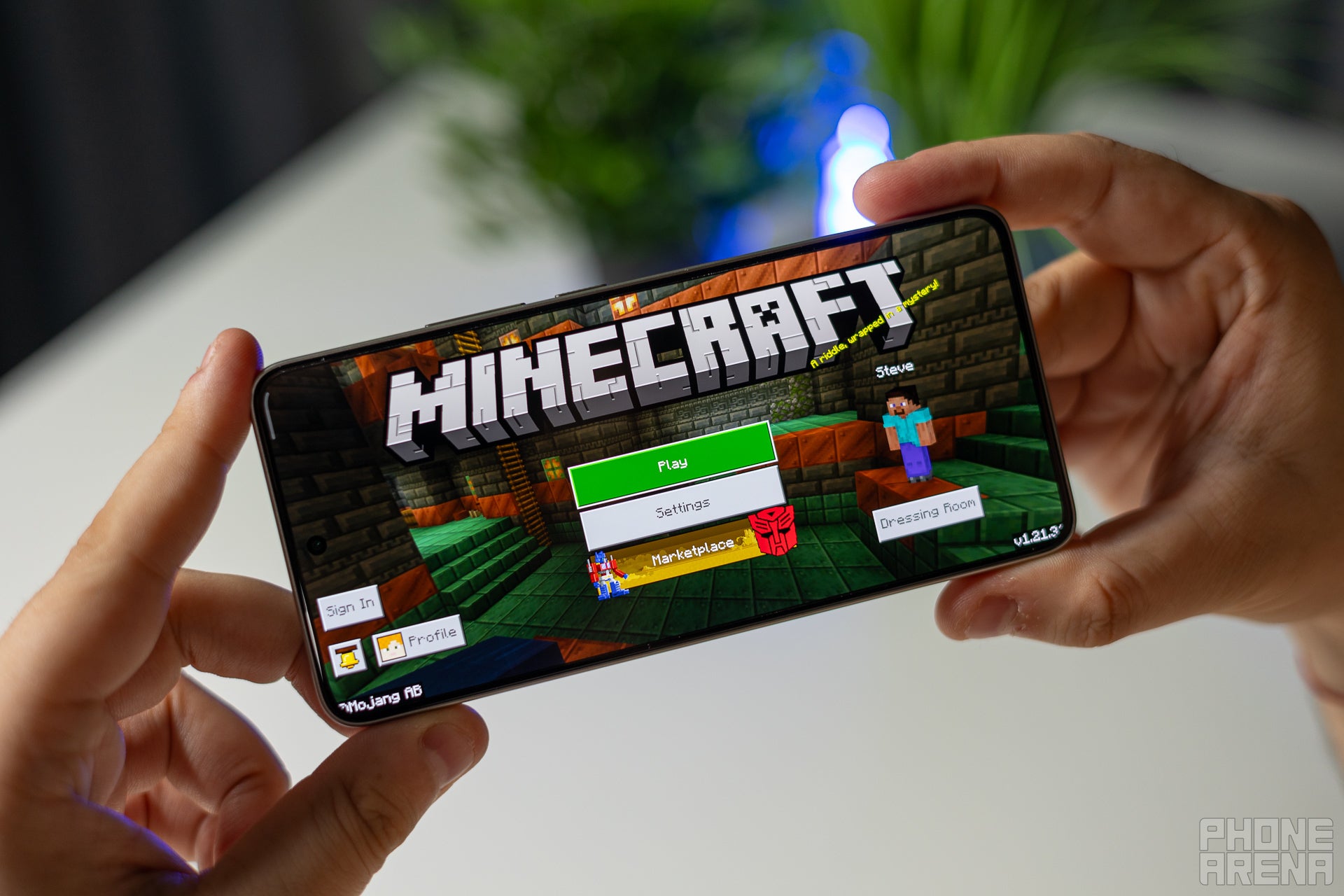

Sadly, the Dimensity 8300 Ultra doesn’t live up to its name | Image by PhoneArena
One of the biggest sacrifices (alongside the lack of wireless charging) is the Dimensity 8300 Ultra inside the Xiaomi 14T. Don’t let the name fool you, this is a midrange chipset that relies on one performance Cortex-A715 core clocked at 3.35 GHz, three of the same A715 cores at 3.20GHz, and four Cortex-A510 efficient cores running at 2.20 GHz. It doesn’t sound like a particularly powerful combo, but let’s look at some synthetic benchmarks and see where this chipset actually stands.
Performance Benchmarks:
As far as RAM and storage go, the phone has plenty memory configurations to choose from, starting with a pretty standard 12/256GB option and going all the way up to 16/512GB.
Xiaomi 14T Software
The phone’s interface is built on Android 14, with Xiaomi’s custom HyperOS UI on top. It offers some extensive customization options, allowing users to choose between a stock Android appearance or a more MIUI-like feel (which is reminiscent of iOS to some extent).
In this AI-driven era, we can’t live without the mandatory large language model magic. Instead of developing its own AI, Xiaomi has partnered with Google to integrate Gemini inside the Xiaomi 14T and we think this was the right call. Features include Circle to Search, AI Image Editing, AI Notes, and an AI Recorder with real-time translation, speaker identification, and summary generation capabilities. Some of them are due to arrive later this month (October) while others are readily available.
The Xiaomi 14T promises four years of major OS updates and five years of security patches. While this is less than the seven years offered by Google and Samsung, it still provides a reasonable update cycle.
Xiaomi 14T Battery
It’s okay
The Xiaomi 14T comes with the same 5,000mAh battery as its Pro sibling onboard, which in 2024 passes as a decent capacity. Given the underpowered chipset, we expected a battery champion, but things turned out much much different.
PhoneArena Battery Test Results:
It turns out that the Dimensity 8300 Ultra is not as efficient as the much more powerful 9300+ chipset inside the Pro version. Or at least that’s what our battery benchmarks show. Both chips are 4nm technology, and the displays are identical, so we can attribute the shorter battery life to the less efficient silicon. It’s not that the result is bad, it’s okay. But when a much powerful chipset manages to provide a better battery life at an identical battery capacity, something’s not quite right.
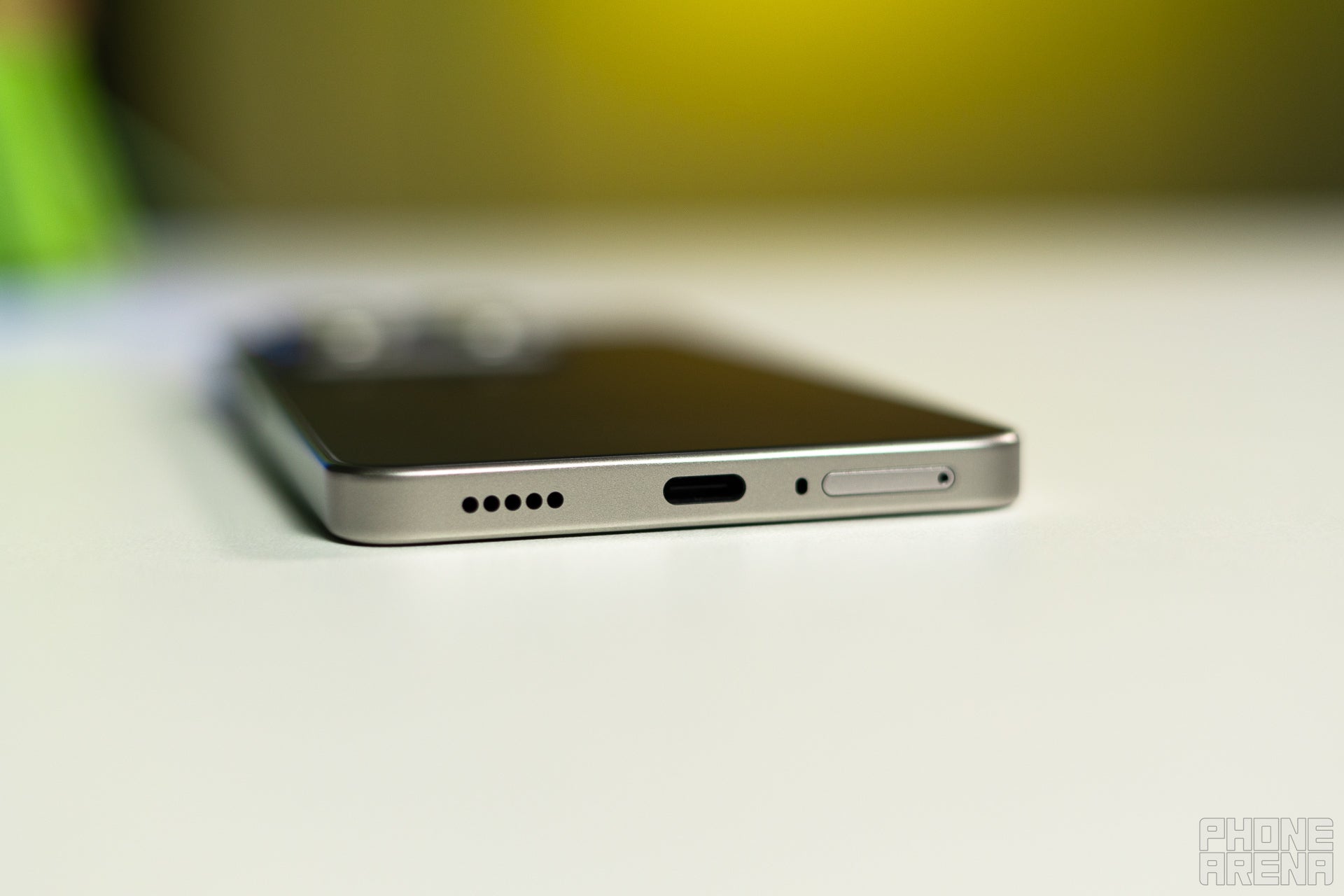

The Xiaomi 14T comes with 67W wired charging support, but no wireless charging | Image by PhoneArena
PhoneArena Charging Test Results:
The other elephant in the room is the lack of wireless charging. We know it’s not a dealbreaker for some people, but on top of that, the wired charging is capped at 67W. The charging results unsurprisingly show that difference in speed. That being said, 49 minutes for a full charge is still pretty decent.
Should you buy it?


A tough sell, especially when we have the Pixel 8a, and the OnePlus 12R on the scene | Image by PhoneArena
The Xiaomi 14T is positioned somewhere around the Pixel 8a performance-wise. Second, the camera system is different, but the main camera is still pretty good. What we don’t understand is the need for a dedicated 2x telephoto. There’s no wireless charging, and the wired charging speeds are slower, albeit pretty decent still.
On the other hand, the Xiaomi 14T has a very attractive design and a gorgeous screen at its side, plus the Gemini partnership, which is not to be taken lightly.
Now, should you buy the Xiaomi 14T or spend $200 more on the Pro version? It depends on what you’re looking for. The $599 smartphone space is pretty crowded, and there are amazing picks all around. The Pixel 8a is great and comes with lengthy software support and Google’s camera algorithm magic. The OnePlus 12R is faster, and its battery life and charging are much better too. Last but not least, Xiaomi phones are hard to get in the US, so there’s that as well.
👇Follow more 👇
👉 bdphone.com
👉 ultraactivation.com
👉 trainingreferral.com
👉 shaplafood.com
👉 bangladeshi.help
👉 www.forexdhaka.com
👉 uncommunication.com
👉 ultra-sim.com
👉 forexdhaka.com
👉 ultrafxfund.com
👉 ultractivation.com
👉 bdphoneonline.com
